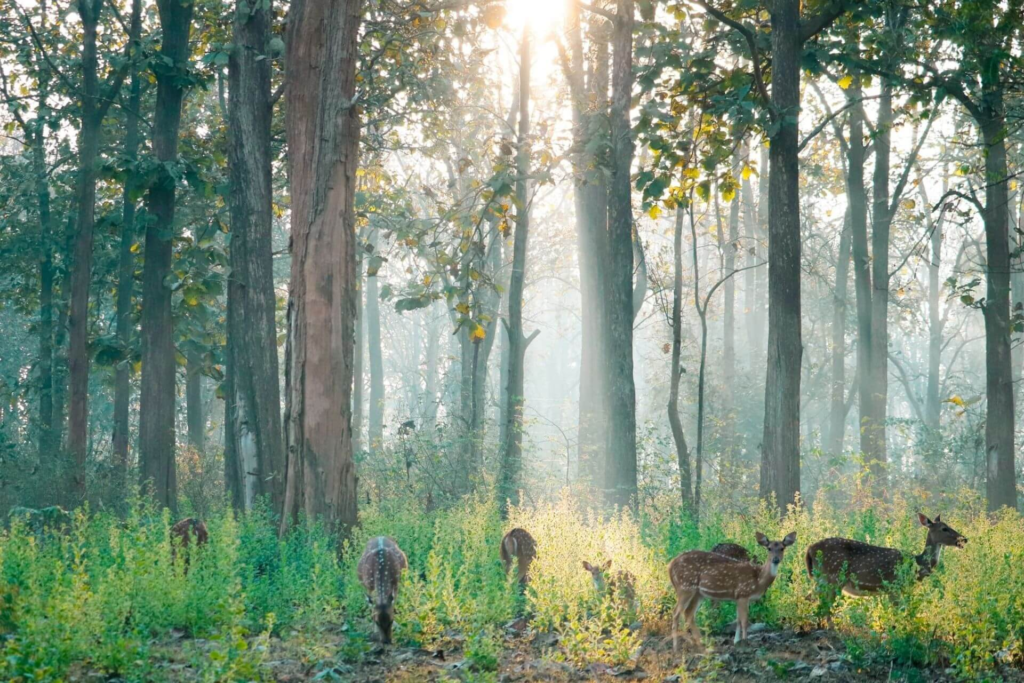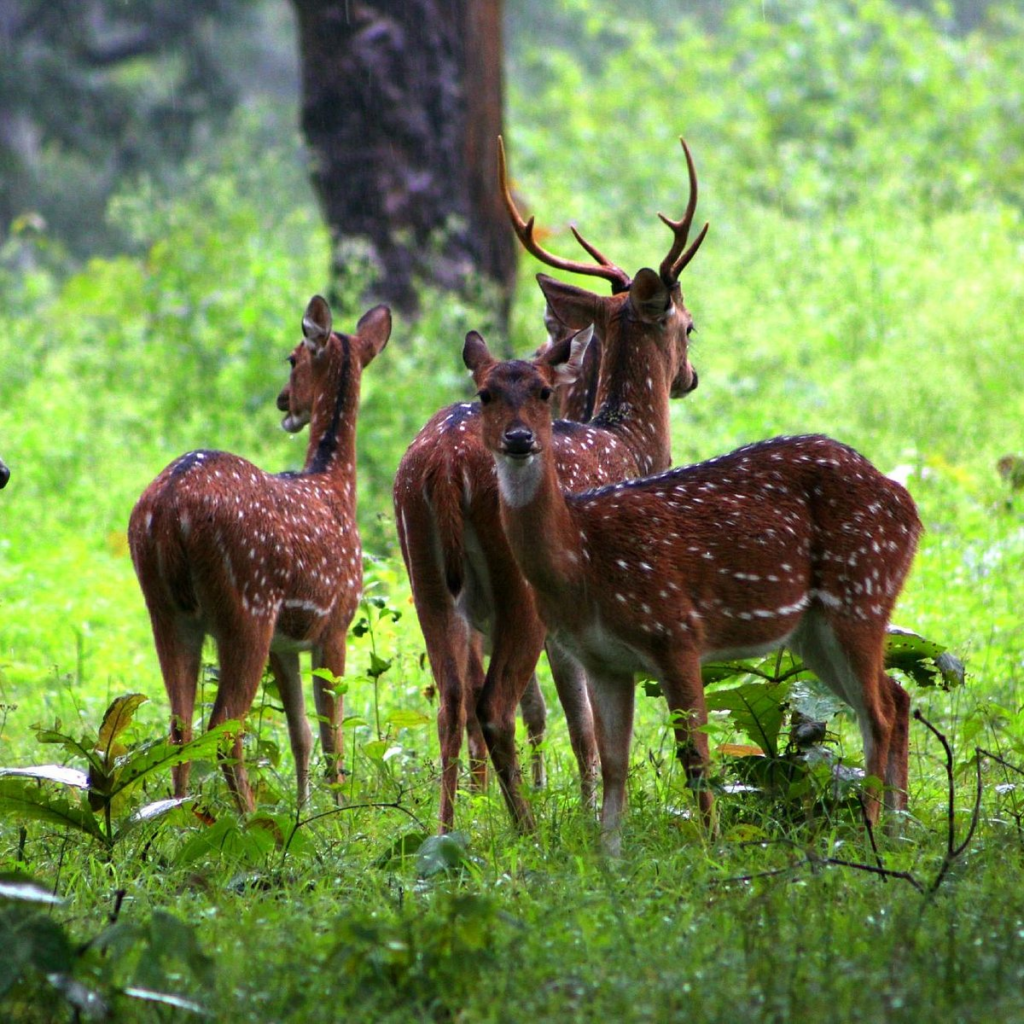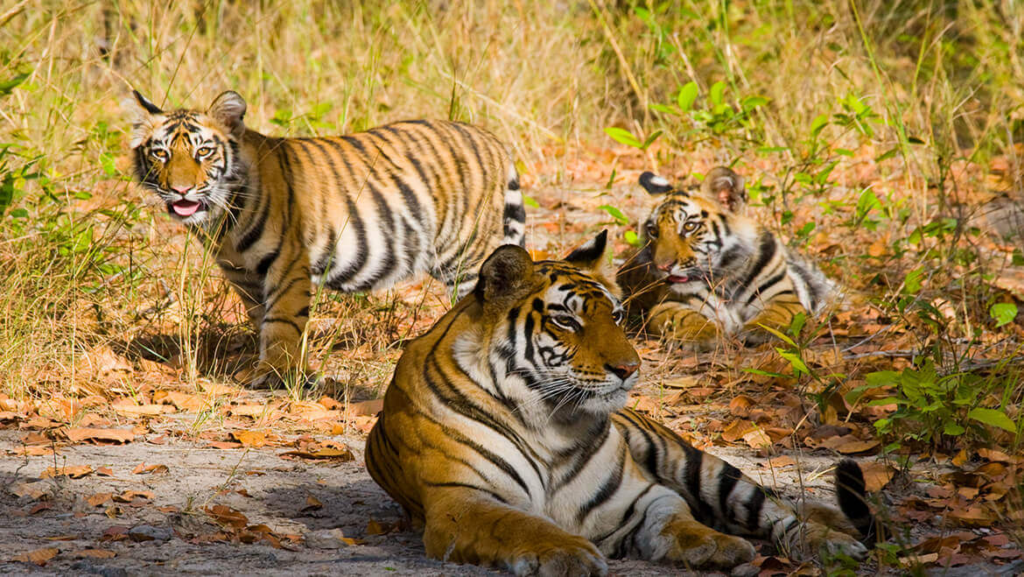
INTRODUCTION
Welcome to the wild heart of India – Nagarhole National Park. Nestled in the southern state of Karnataka, this natural haven is a paradise for wildlife enthusiasts and nature lovers alike. In this article, we will embark on a journey through the dense jungles, serene rivers, and diverse flora and fauna that make Nagarhole National Park a must-visit destination for anyone seeking a tryst with nature.
1. The Origins of Nagarhole National Park
Nagarhole, which means “Snake River” in Kannada, derives its name from the winding river that snakes its way through the park. Established in 1955 as a wildlife sanctuary, it was later declared a national park in 1988. The park covers an extensive area of approximately 643 square kilometers and is part of the Nilgiri Biosphere Reserve.
2. Biodiversity Galore
Nagarhole National Park boasts an incredible range of biodiversity, making it a UNESCO World Heritage Site. It is home to numerous species of mammals, birds, reptiles, and plant life. Some of the most prominent residents include elephants, tigers, leopards, and Indian bison. Birdwatchers will be delighted by the park’s avian diversity, with over 270 species of birds.
3. Safari Adventures
One of the best ways to experience Nagarhole is by taking a safari through its lush landscapes. Jeep safaris and boat safaris along the Kabini River offer a chance to witness wildlife in their natural habitat. The excitement of spotting a tiger or a herd of elephants amidst the dense foliage is unparalleled.
4. Flora Delights
Nagarhole is adorned with a rich variety of flora. The moist deciduous forests, teak, rosewood, and sandalwood trees, along with colorful orchids and bamboo groves, create a picturesque setting. The park comes alive during the monsoon season when the vegetation is at its lushest.
5. Conservation Efforts
Conservation plays a vital role in Nagarhole National Park’s management. The dedicated efforts of forest officials and various organizations have resulted in the preservation of endangered species and the prevention of poaching activities.
6. Tribal Culture
Nagarhole is not only about wildlife; it also offers a glimpse into the lives of indigenous tribes like the Jenu Kuruba and Betta Kuruba. These communities have lived in harmony with the forest for generations, and their traditional knowledge about the flora and fauna is invaluable.
7. Best Time to Visit
To make the most of your Nagarhole experience, plan your visit between October and May when the weather is pleasant, and the wildlife is more active. The park remains closed during the monsoon season (June to September) due to heavy rainfall.
8. Accommodations
There are several eco-friendly resorts and forest lodges in and around Nagarhole that provide comfortable stays amidst nature. Staying in these accommodations enhances your overall experience by offering proximity to the wilderness.
9. Responsible Tourism
While visiting Nagarhole National Park, it’s crucial to follow the principles of responsible tourism. Respect the park’s rules, maintain silence during safaris, and avoid littering to preserve the park’s pristine environment.
10. Conclusion
Nagarhole National Park is a treasure trove of natural beauty and wildlife. It offers an escape from the hustle and bustle of city life, allowing you to immerse yourself in the tranquility of the wilderness. So, pack your bags, bring your camera, and get ready for an unforgettable adventure in this magnificent national park.



